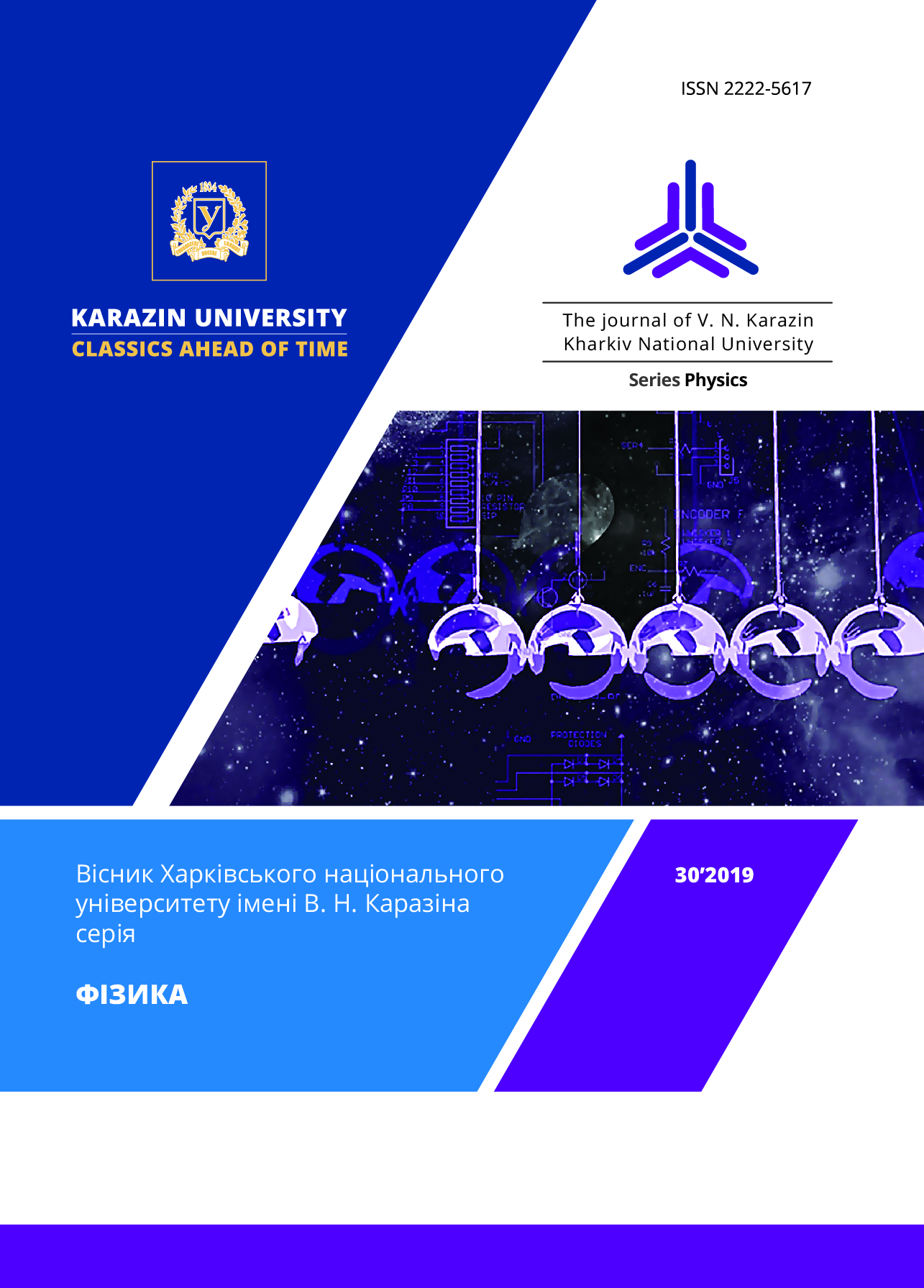Nonlinear electromagnetic response of few-layer graphene: A nonperturbative description
Abstract
Nonperturbative approach based on exact solution of Boltzmann kinetic equation in the relaxation time approximation is
developed for the study of nonlinear response of electron-doped few-layer graphene to a high-frequency electromagnetic field. It is
shown that nonperturbative approach can be applied to a two-dimensional conductor with an arbitrary isotropic spectrum of carries.
The cases of ABC stacked three-layer and ABC staked four-layer graphene are considered. The low-energy electron spectrum of
such graphenes is characterized by the third and the fourth power in the momentum dependence, correspondingly. The transmission,
reflection and absorption coefficients are calculated. It is shown that the transmission coefficient T of three- and four-layer graphene
decreases under increase in the intensity of the incident wave I by the asymptotic law 1/2 T I and 2/3 T I , respectively. It is
found that three-layer and four-layer graphenes demonstrate power-induced reflectance, in contrast to power-induced transparency in
monolayer graphene. It is found that in the four-layer graphene irradiated by a monochromatic wave the induced electrical current
contains only the first and the third harmonics. The analytical expression for the efficiency of the third-harmonic generation GTGH
(the ratio of the intensity of third-harmonic radiation to the intensity of the incident wave) of the four-layer graphene is obtained. It is
shown that only at rather small incident wave intensity the efficiency GTGH is proportional to the second power of I and at large
incident wave intensity the efficiency GTGH approaches the constant quantity. Saturation of the efficiency of the third-order harmonic
generation is caused by the increase of the reflection. In contrast, the efficiency of the third-order harmonic generation of monolayer
graphene depends nonmonotonically on the intensity of the incident wave. The maximum is reached at rather small intensity I аnd
the efficiency in the maximum is of order of 10-4 that is two orders of magnitude smaller than of four-layer graphene.
Downloads
References
S.A. Mikhailov, EPL 79, 27002 (2007).
S.A. Mikhailov, K. J. Ziegle, J. Phys.: Condens. Matter 20, 384204 (2008).
S.A. Mikhailov, Phys. Rev. B 90, 241301(R) (2014).
J.L. Cheng, N. Vermeulen, J. E. Sipe, New J. Phys. 16, 053014(2014).
J.L. Cheng, N. Vermeulen, J. E. Sipe,, Phys. Rev. B 91, 235320 (2015).
S.A. Mikhailov, Phys. Rev. B 93, 085403 (2016).
H. Rostami, M. Polini, Phys. Rev. B 93, 161411(R) (2016).
K. V. Germash, D. V. Fil, EPL 118, 67008 (2017).
S. A. Mikhailov, Phys. Rev. B, 95, 085432 (2017).
N. M. R. Peres, Y. V. Bludov, J. E. Santos, A.-P. Jauho, M. I. Vasilevskiy, Phys. Rev. B 90, 125425 (2014).
K. L. Ishikawa, Phys. Rev. B 82, 201402(R) (2010).
A. Marini, J. D. Cox, F. J. Garcıa de Abajo, Phys. Rev. B 95, 125408 (2017).
R. McGouran, I. Al-Naib, and M. M. Dignam, Phys. Rev. B 94, 235402 (2016).
H. Min and A. H. MacDonald, Phys. Rev. B 77, 155416 (2008).
Katsnelson, M. I. Graphene: Carbon in two dimensions. Cambridge University Press, New York (2012) 351p.
A. A. Ignatov, Yu. A. Romanov, Phys. Status Solidi B 78, 327 (1976).








3.gif)
